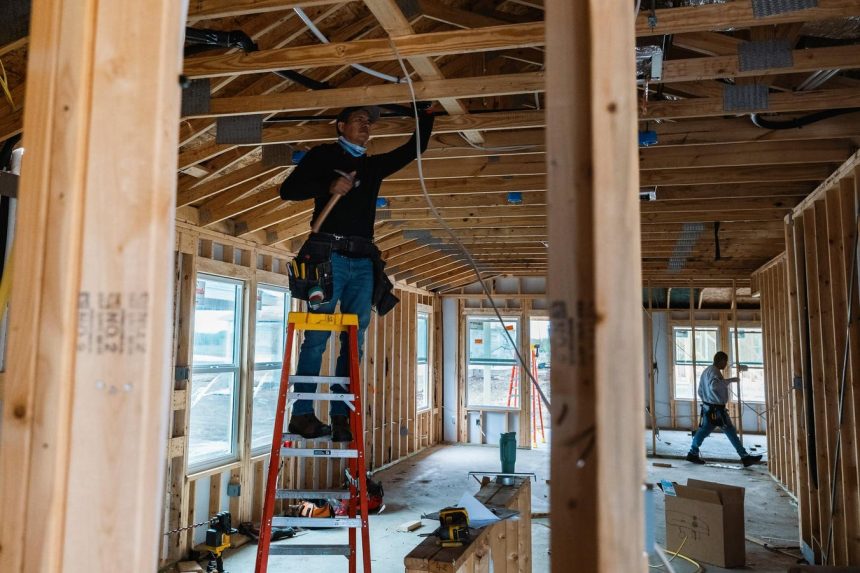It doesn’t take a genius to realize the cost of buying an average home in the US. has shot up like crazy. Unfortunately, a solution will take a long time to implement.
Here’s what you need to know.
In the second quarter of 2020 the average house would cost you approximately $371,000, according to Data from the St. Louis branch of the Federal Reserve. That was right at the beginning of the COVID-19 pandemic.
Then suddenly, prices shot up to a staggering $525,000 in the second quarter of 2022. That’s a shocking 41.5% and nose-bleeding price increase. Since then prices have moved roughly sideways but haven’t surpassed the 2022 peak.
It’s no wonder that young people have almost given up on the idea of buying their own home. A lucky minority can perhaps rely of gifts from parents or other relations.
At least part of the problem is the lack of construction of new homes in the wake of the 2007-2009 financial crisis. That economic calamity was caused by an effort to offer mortgages to people with distinctly dodgy credit histories. The result was that some banks failed and others were bailed out with tax-payer dollars by the hundreds of billions.
What happened after that is why we are where we are now.
One of the things the government didn’t want to see was a repeat of the reckless lending in the years running up to what became known as the subprime meltdown. That meant banks and other home loan companies became far more cautious about making home loans.
In turn, the construction business slowed down knowing that mortgages would be harder to obtain for would-be home buyers.
How bad was the lack of home construction? Pretty bad.
A 2013 report from mega bank JP Morgan explained it like so:
“U.S. housing stock has fallen short of demand by around 300,000 units annually for the last 15 years,” the report stated.
That’s a total shortfall of 4.5 million housing units that need to be built now just to catch up with a decade-and-a-half of lack of building. Going all the way back to the financial crisis.
Going back to 1993, when the fed records go back to, there has never been a year where there were 4.5 million new houses have been built in America. In fact, it hasn’t been even half that level.
Why are so many new homes needed? Each year there are an average of 1.2 million new households formed. Put another way, that’s new family’s being created, the Morgan report explains. Plus about 200,000 housing units also get demolished each year.
When you crunch the numbers you realize that this housing crisis has been a long time in the making.
And that also means that it will take a long time to fix the problem even if the homebuilders work 24 hours a day, 365 days of the year. And that is probably true that even if the banks were to loosen up on their lending.
Read the full article here
















